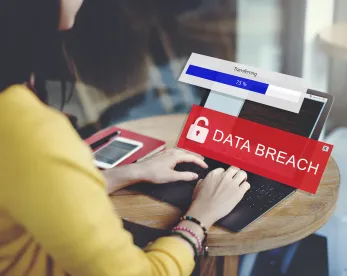Just as ending a relationship with an email or a text message is bad form, employers don’t usually terminate employees with an email. Nonetheless, since a message that appears to address a termination is so drastic and final, it is hard to resist opening it, if only to see if your severance is mentioned in the email.
Hackers know that we are curious by nature, so they have created a new phishing scheme to take advantage of that to get into a target company’s networks. The scheme works like this: an email is sent to an employee from an authority in the Human Relations department stating that the individual has been terminated. An attachment to the email provides further information about the termination and the severance payout, which appears to be on Google Docs. When the victim clicks on the attachment, they are directed to a fake Google Docs page and told to click on another link. When they click on that link, they are directed to a URL to download a file.
To make the download look totally legitimate, a fake security pop-up is presented to the user asking if the user is sure s/he wants to download the file. We’ve all seen those—that is good security. That security pop-up would not be included if it were a malicious email, would it? Yes, that is what they want us to think. When the user is lured into clicking on the file, the user unknowingly downloads either a Bauer loader malware or a Bazar backdoor. Bauer has been used to deliver ransomware such as Ryuk and the Bazare backdoor attempts to gain access to networks. This information is all thanks to the invaluable research done by Area 1 Security researchers.
Tips to take away:
- Be wary of termination emails—if you receive one, it is probably fake
- If you really are terminated, Human Resources will get in touch with you one way or the other
- Continue to be vigilant about phishing schemes and spoofing campaigns using executives’ identities
- Think twice before you click or say “I agree”
- Don’t open any attachments or click on any links that you are not expecting
Pick up the phone to confirm suspicious emails, links or attachments.



 />i
/>i

